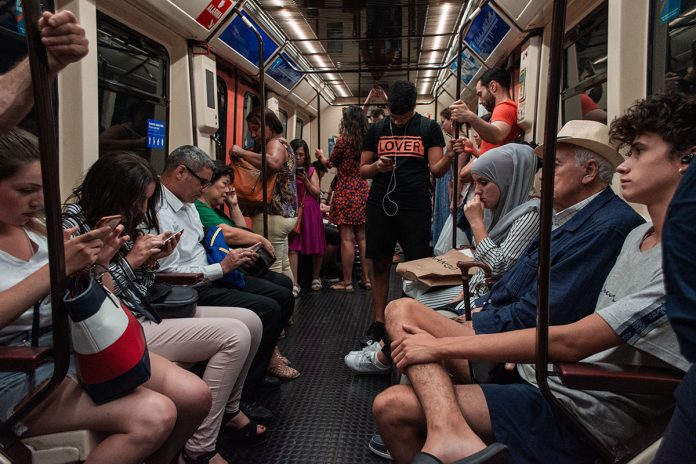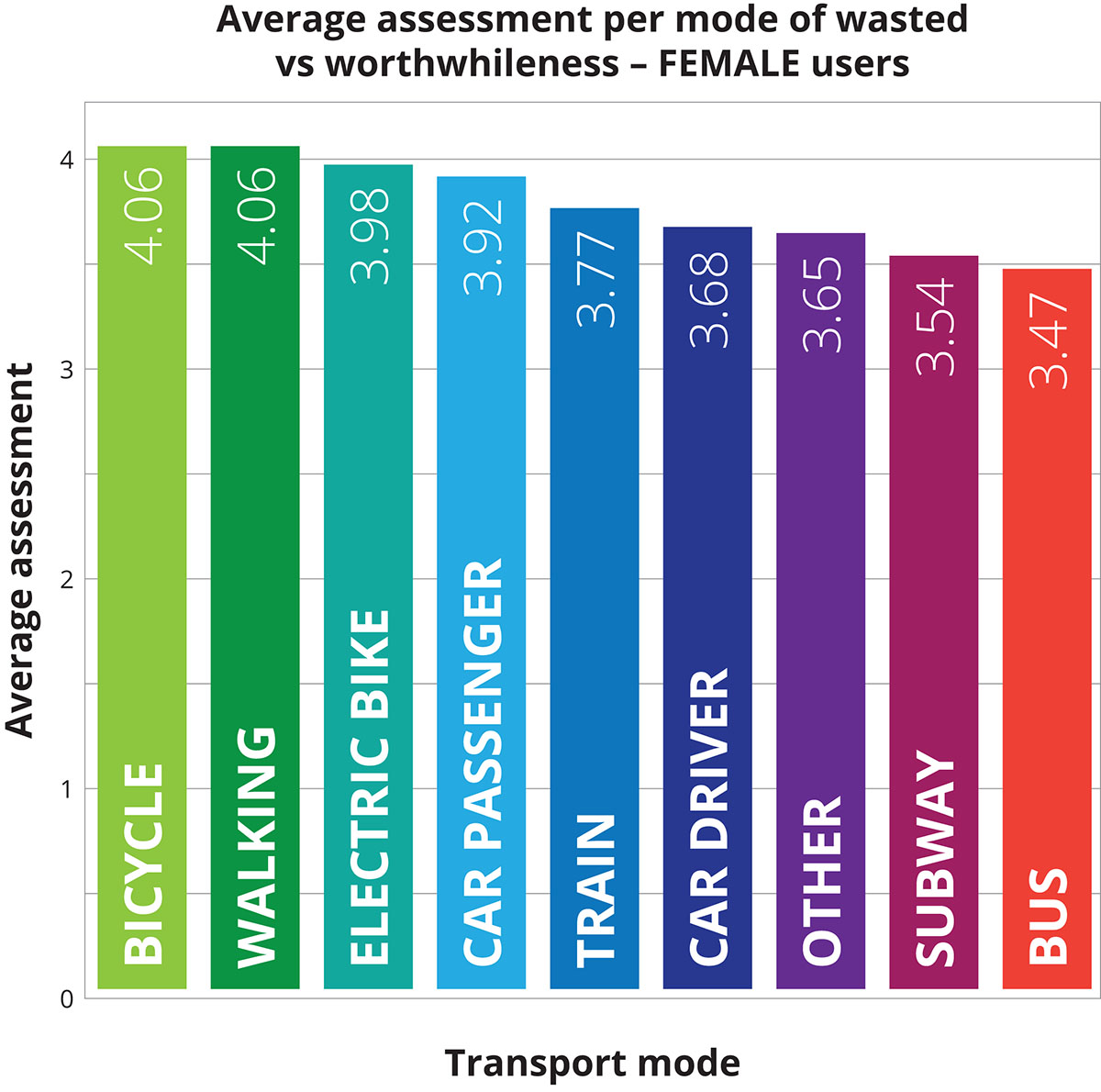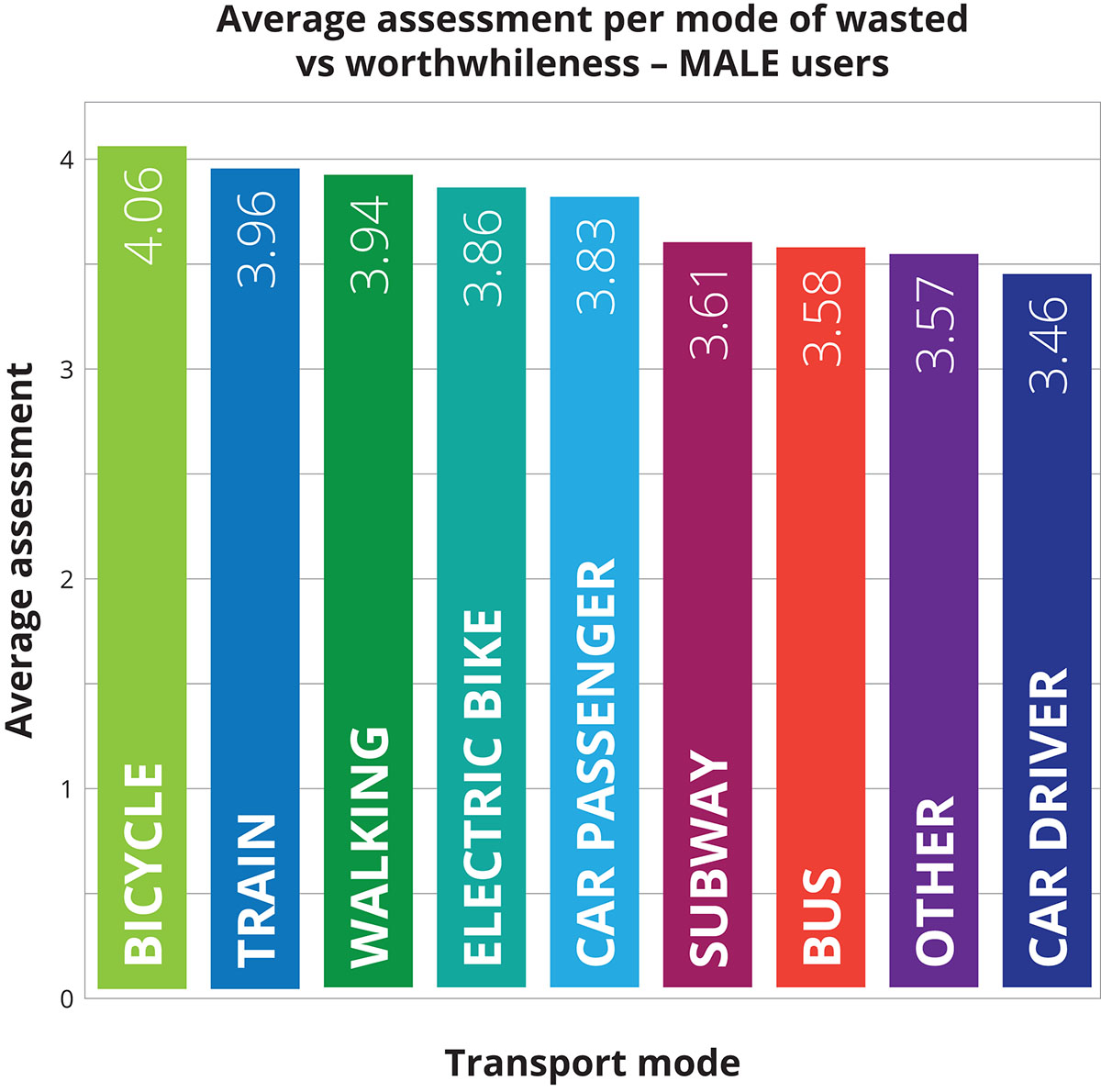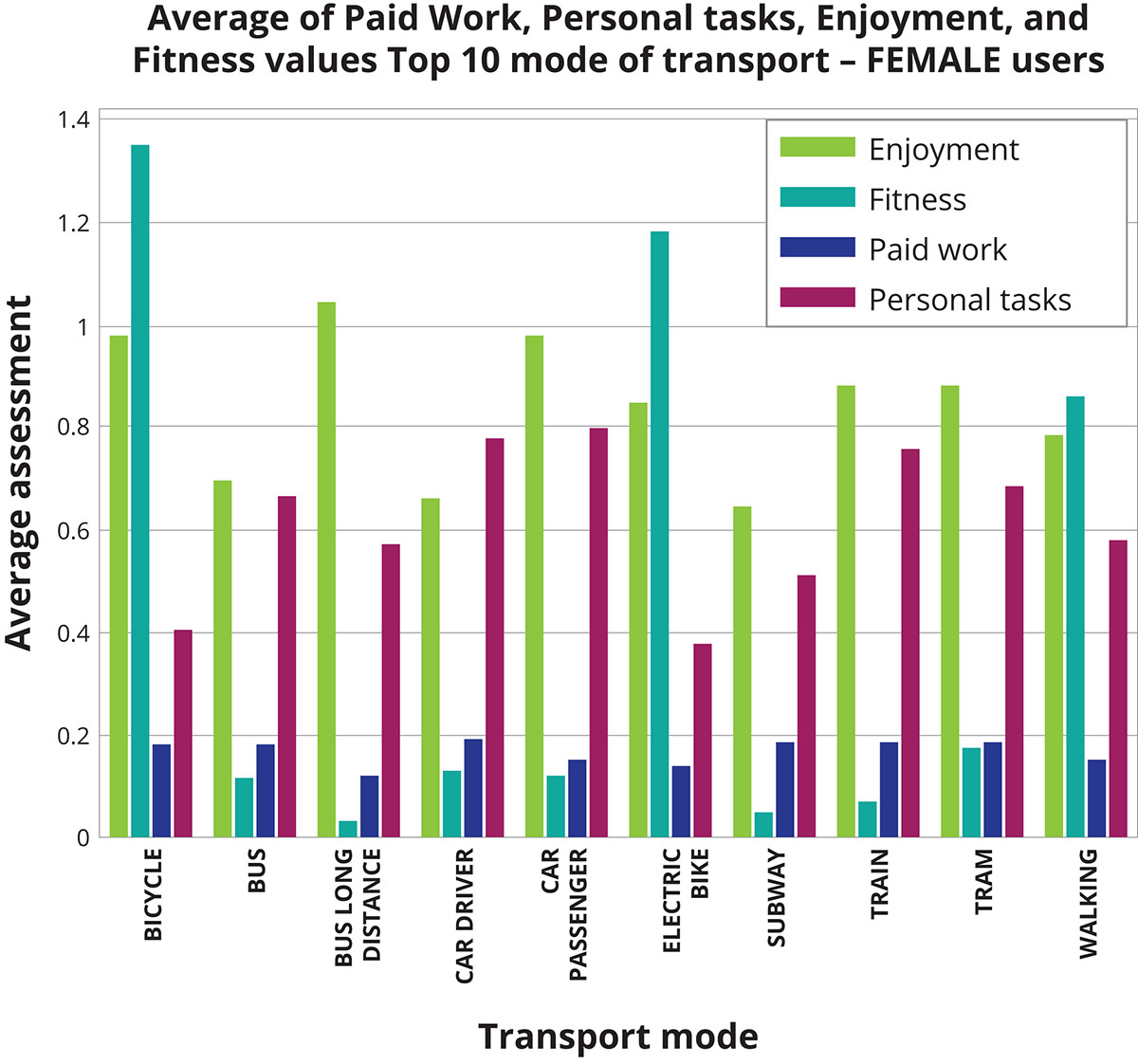The impact of gender on the perceived value of travel time in Europe, part of the MoTiV Project, is explored here in this transport analysis
Even in the most progressive societies, different genders do not experience mobility opportunities equally. Gender is increasingly recognised to play a significant role in transport planning, as previous studies have demonstrated that transport policy and mobility planning are more closely tailored to the needs and activities of men, while women’s different experiences are underrepresented. These findings understandably reveal differences in the needs and requirements from a transport system. To create a more balanced transport system that increases the accessibility of all transport modes, it is crucial to distinguish between an individuals’ travel needs and wishes, which are also closely linked to life circumstances influenced by factors such as gender, ages and socio-economic situation.
There is established knowledge on the differences between male and female travel behaviour. Women use public transport more than men, travel shorter distances, have more complex trip chains, and travel more often accompanied by children or dependent others. Women are also more likely to experience obstacles and constraints in terms of physical accessibility, safety, security or shortage of time (due to traditional gender norms). Such knowledge is, however, rarely taken into consideration when planning current (and future) transport systems; with the lack of accounting for differences in travel time experience limiting access to education, employment and other activities, affecting wellbeing.
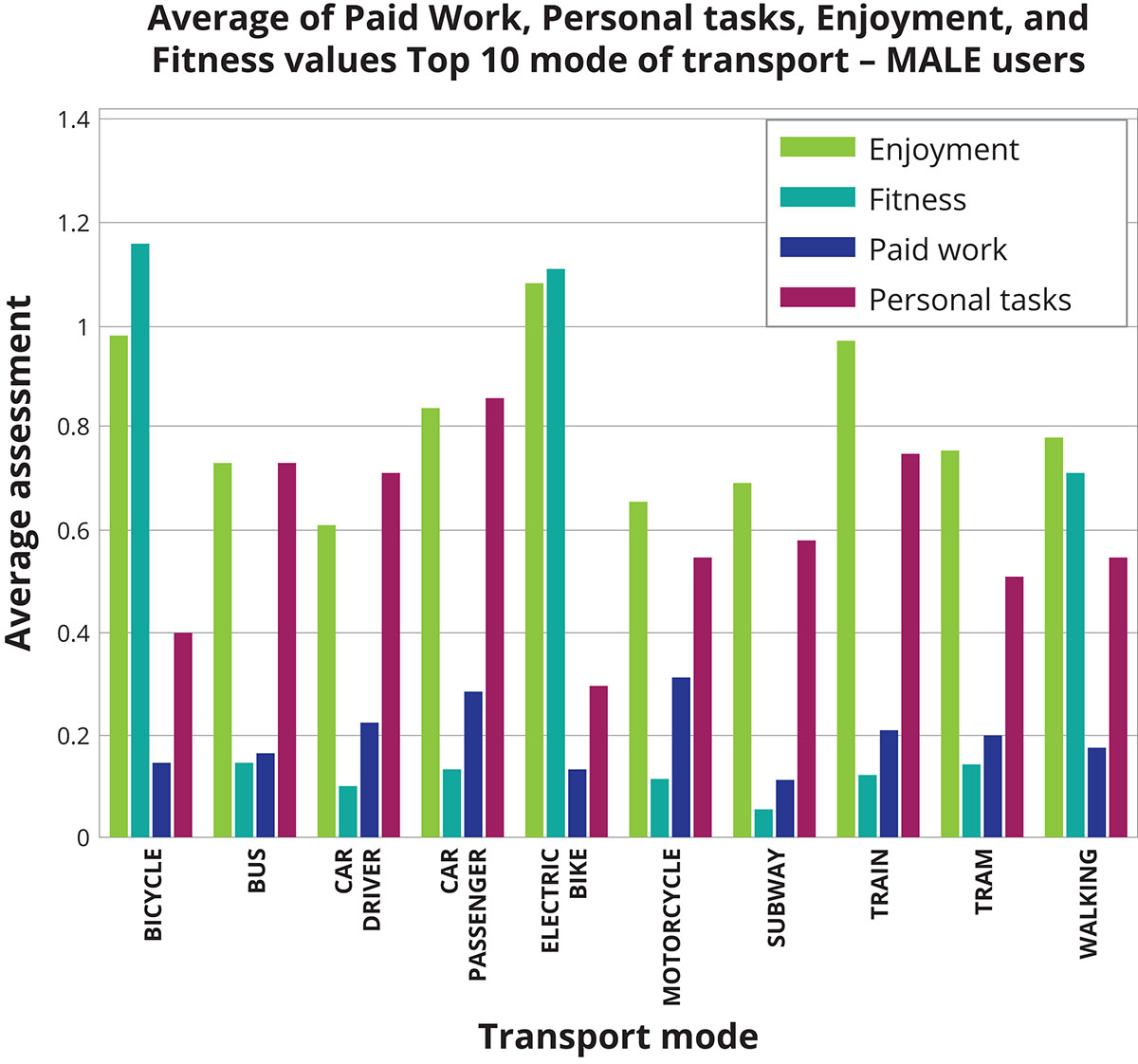 How do people perceive travel?
How do people perceive travel?
This, along with other areas, is one of the key topics that the MoTiV project seeks to investigate by looking at how people perceive travel (i.e. their experiences of travel time). The study has collected over 70,000 datapoints, based on three core values: productivity, fitness and enjoyment, which can be cross-referenced with a range of demographic information in eight European Union countries; Belgium, Finland, France, Italy, Norway, Portugal, Slovakia and Spain. From this information we hope to reassess the definition of the Value of Travel Time (VTT), generating a new understanding and/or ways this can be applied. The project will inform political decisions and measures from a cross-European perspective, reaching beyond the traditional time and cost-saving approach, to encompass the perceptions of different genders, generations, cultures and social contexts.
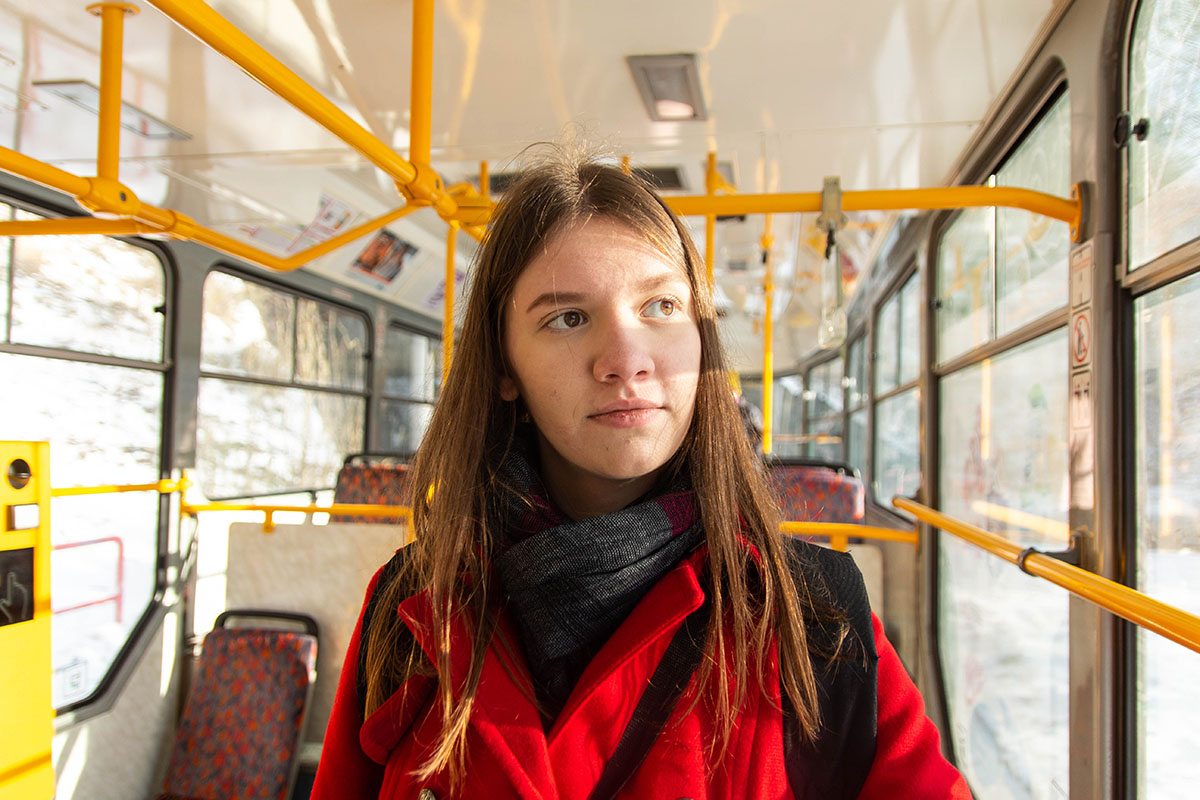
Female travellers
By understanding the link between a female traveller’s preferences, behaviour, and the barriers they experience; transport systems could be better tailored to the activities and mobility needs of women, by putting their perspective centre stage. This knowledge is expected to support transport policies, causing a more holistic approach to transport investments, adding the perceived quality of travel time as a variable to transport investments/planning. Recent advances in studying mobility behaviour (for example, data collection through smartphone apps) allow us to ‘mind the gender gap’ in transport data by capturing data on activities done while travelling, and factors enhancing or degrading travel experience.
According to Dr Floridea di Ciommo, Lead Researcher on Travel Behaviour at the cambiaMO, Spain, “the sociological evidence shows that women are more oriented towards ecologically friendly behaviour, such as using public transport and eco-friendly modes of transport, than their male counterparts”. As such, it is now important for public transport providers to recognise that the majority of their customers are women and so provide services that better represent them.
In our preliminary research, we’ve uncovered evidence that for the top 10 most used travel modes, women:
- A) Find biking and walking more ‘worthwhile’ than men over both long and short distances, yet men bike more.
- B) Prefer other transport modes to taking the bus or subway, yet are still by far the most predominant users of public transport.
- C) Find driving more ‘worthwhile’ than men when they are the driver, even though men make up the majority of drivers.
This knowledge was derived from 5,000 travellers in a bottom-up approach using the MoTiV app (Also known as Woorti) for a minimum of two weeks.
The MoTiV preliminary research so far has revealed the high significance of enjoyment in terms of travel time for people when using private motorised and public transport, followed to a lesser extent by productivity in their personal tasks. For active transport modes, it is unsurprising that fitness was perceived to be of much more importance to travellers, with productive factors being less important.
To better evaluate how women choose their travel mode, MoTiV’s results will be extended by focusing on assessing women’s experiences and specific transport requirements, by the means of a specific exploration of their perceptions of mobility constraints and needs. Women’s perception and attitudes about existing ICT and new mobility services in transport systems will be explored to understand if these types of solutions could improve experiences or to what extent they could have adverse effects. Findings from the MoTiV project will also facilitate evidence-based support and in-depth understanding of effective factors, such as perceived VTT of security, safety and the risk of violence in the decision-making process about travel mode choice and activity participation.
MoTiV’s data collection process is the largest initiative to apply an innovative smartphone-based approach to collect individuals’ mobility behaviour and travel patterns, with a focus on VTT in Europe. Its findings will have important implications for urban and transport planners, policy-makers and authorities to implement more gender-sensitive designs in urban mobility plans and to prepare inclusive transport policies, tailored to women’s needs and travel preferences. Crucially, in addition to more analysis of the project results, an open-source version of the European-wide dataset created by MoTiV will be made publicly available, for wider use by the scientific community, policymakers and other relevant stakeholders to stimulate further research on the topic. The dataset will be accessible via the project website and relevant Open Data repositories in June 2020.
For more information about the MoTiV Project and its activities, please contact Alberto Vela or Ghadir Pourhashem.
Please note: This is a commercial profile
MoTiV Project

